The Role of Used Brick Arrangements in Bismarck House Design Concept
William Dangar's dream of having a house that embodied openness, environmental integration, and versatility for various activities envisioned him to create a residence that doubled as a canvas for his gardens.
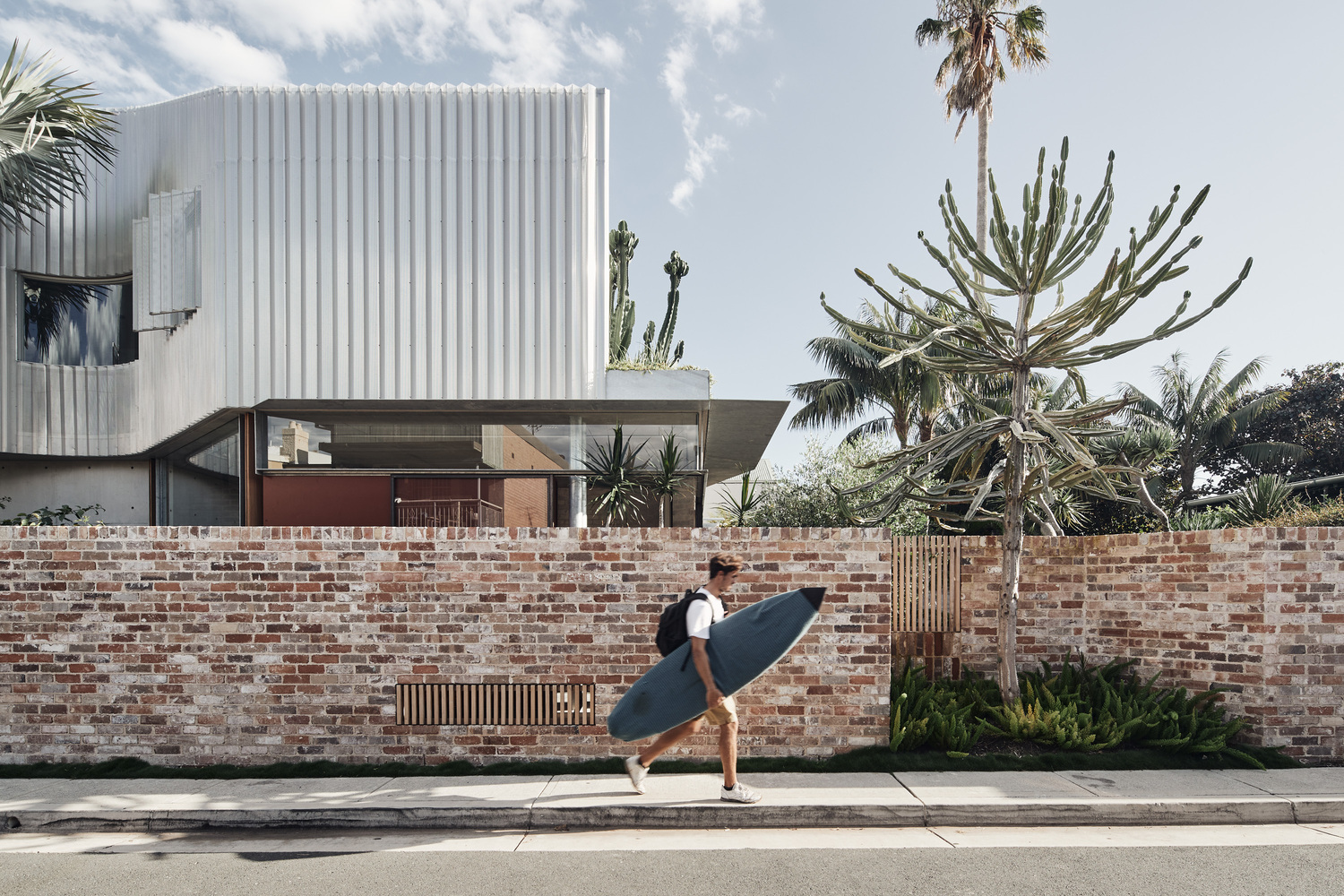 Bismarck House is covered by a used brick wall.
Bismarck House is covered by a used brick wall.
To make his dream home come true, Will then collaborated with Andrew Burges Architects, David Harrison & Karen McCartney (interior), and Robert Plumb Build. As a result, a house with a 'continuous' concept was created and had the title The Bismarck House. Located in Bondi Rd, Sydney, Australia, The Bismarck House occupies an elongated area and adjoins a not-so-wide road. This position seems to turn off the social interaction between Will’s home and the surrounding environment.
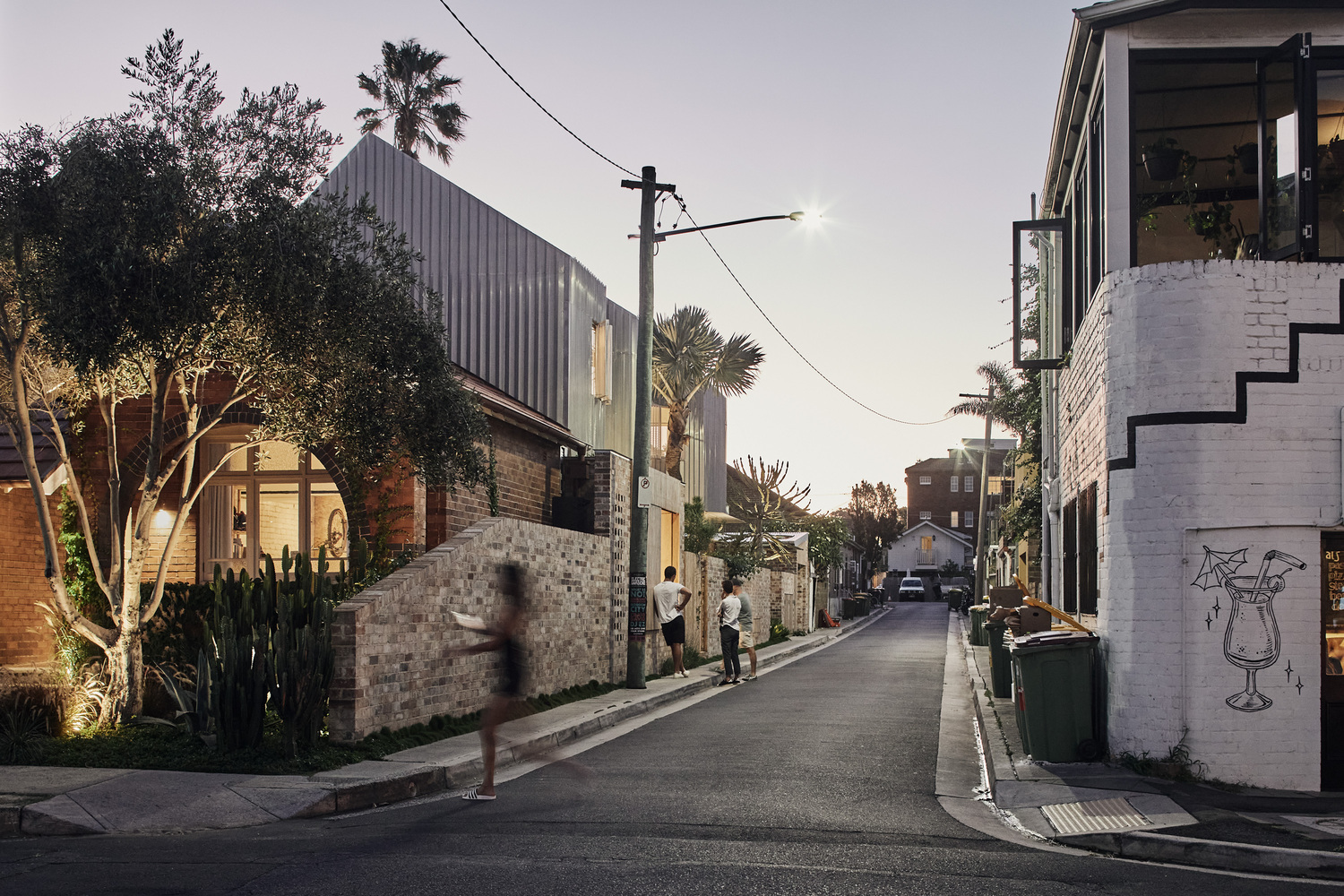
The atmosphere when there is an interaction between The Bismarck House and the surrounding community.
So, the designers tried to get around that condition through the worn brick walls of the demolition of existing buildings. It is the wall that can then restore the relationship between Will's house and the surrounding environment, without having to appear different from his community. Obviously, the big hole in the wall then became a link between the inside of the house and the outer side.
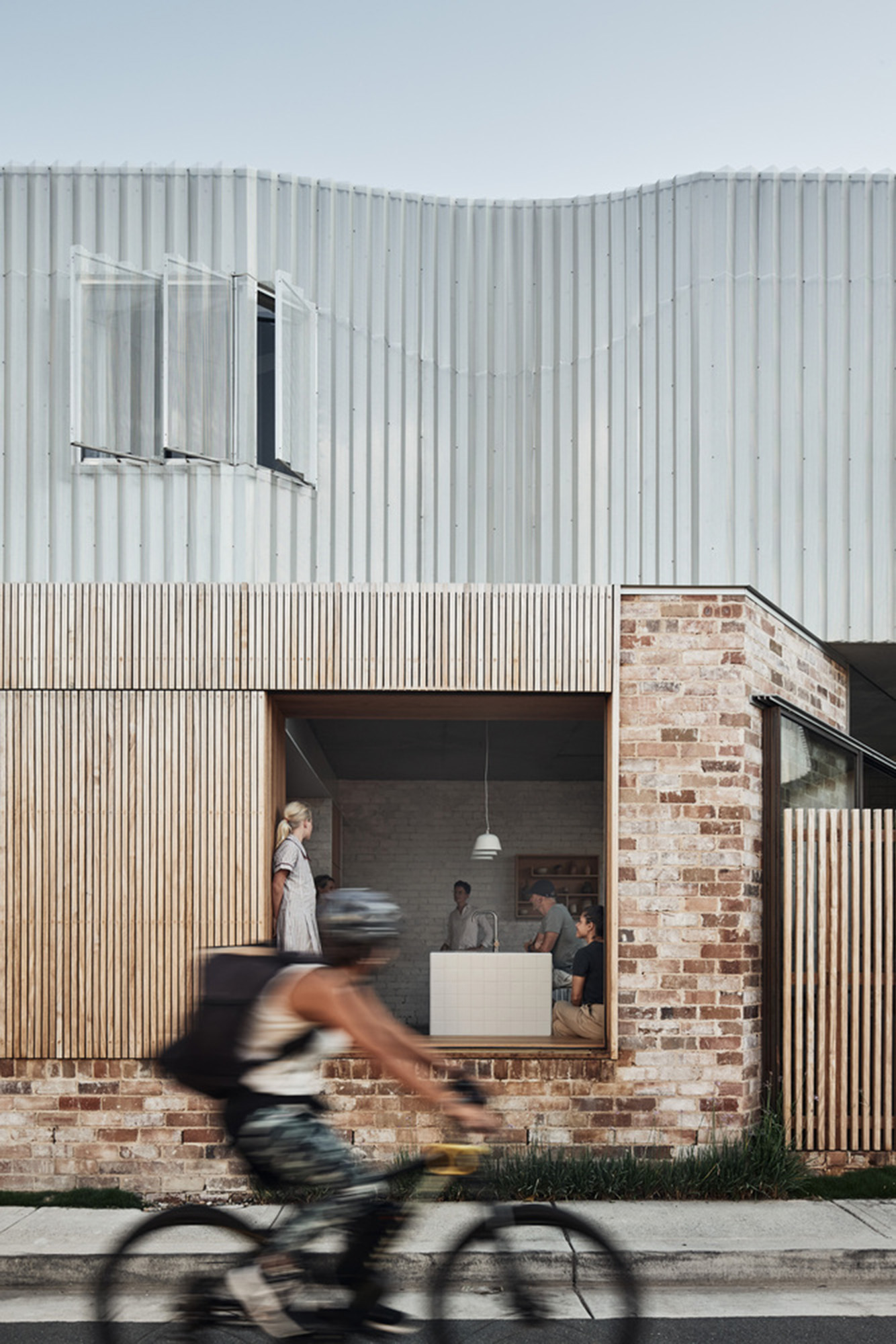
View of the inside of the house from the street.
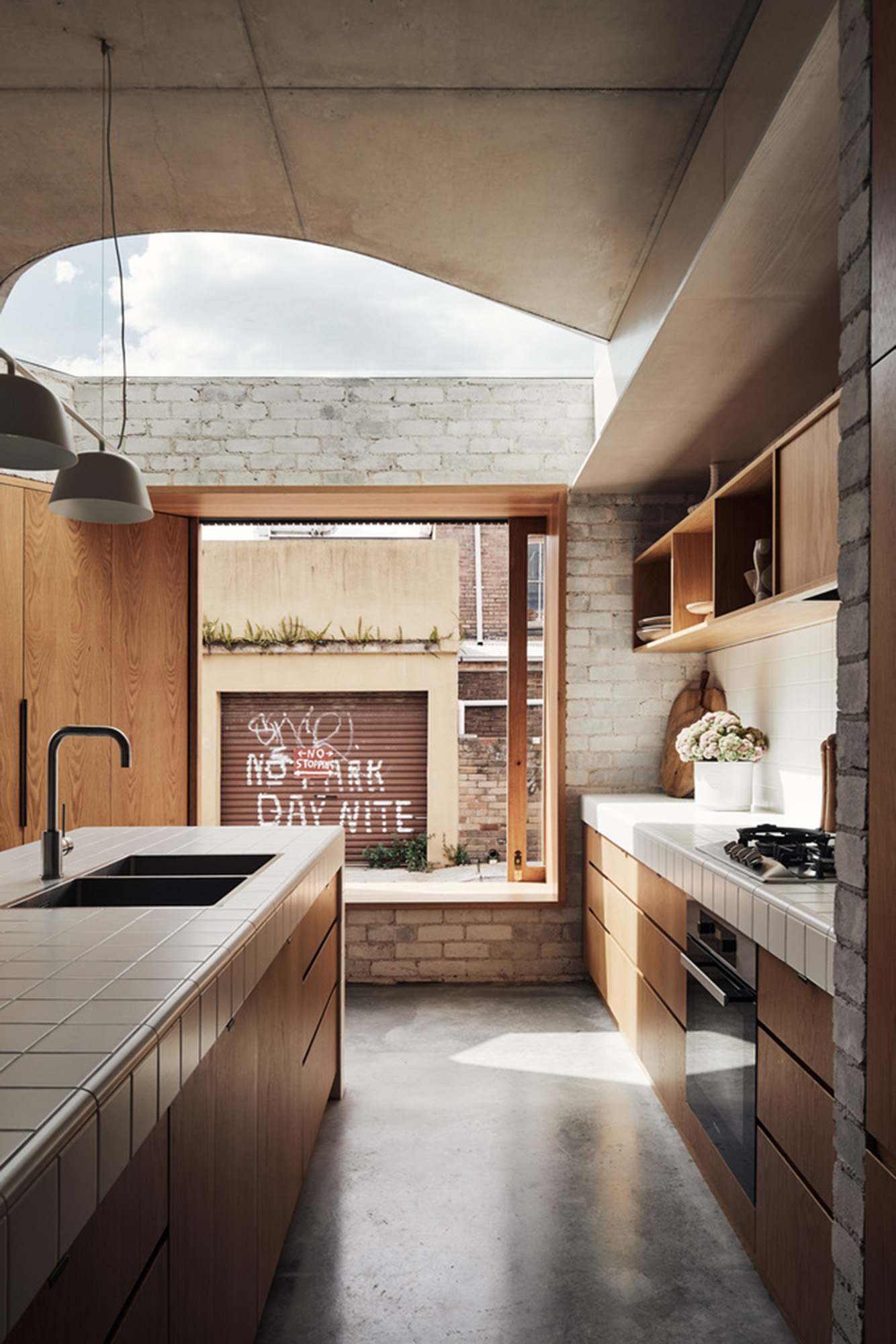
View of the outdoor conditions of the house from the kitchen.
For people passing by on the street, the large window seemed to frame the cooking activities of the residents of Will's house, because it was located right in the kitchen. Meanwhile, the experience of cooking has also become increasing because you can chat with people outside or just watch the children who are playing. Such conditions were desired by Will as if there was no distance between his home and the outside. Of course, in-depth again, the concept also accommodates Will's desire as a landscape architect.
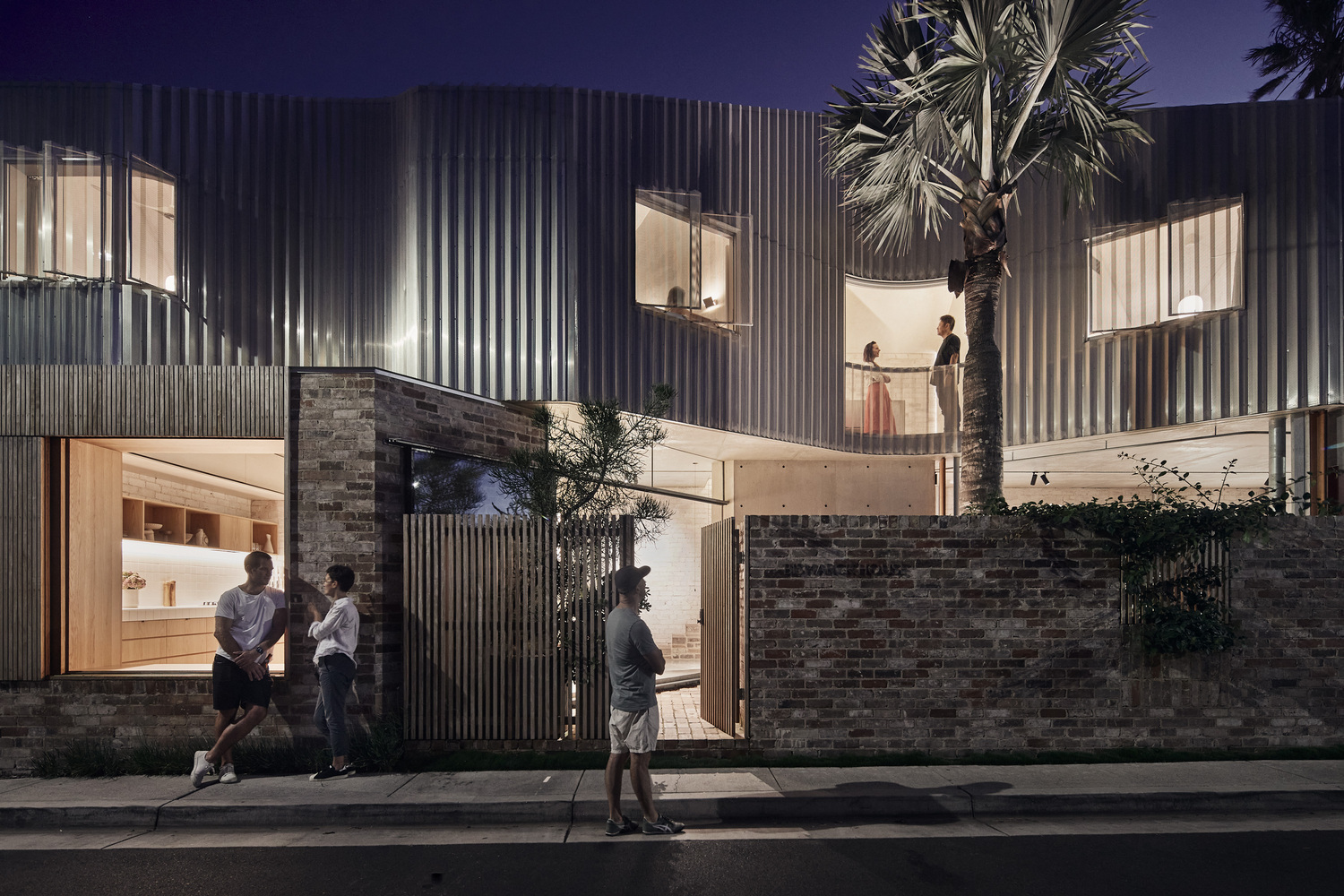
Implementation of the concept of openness in the design of The Bismarck House.
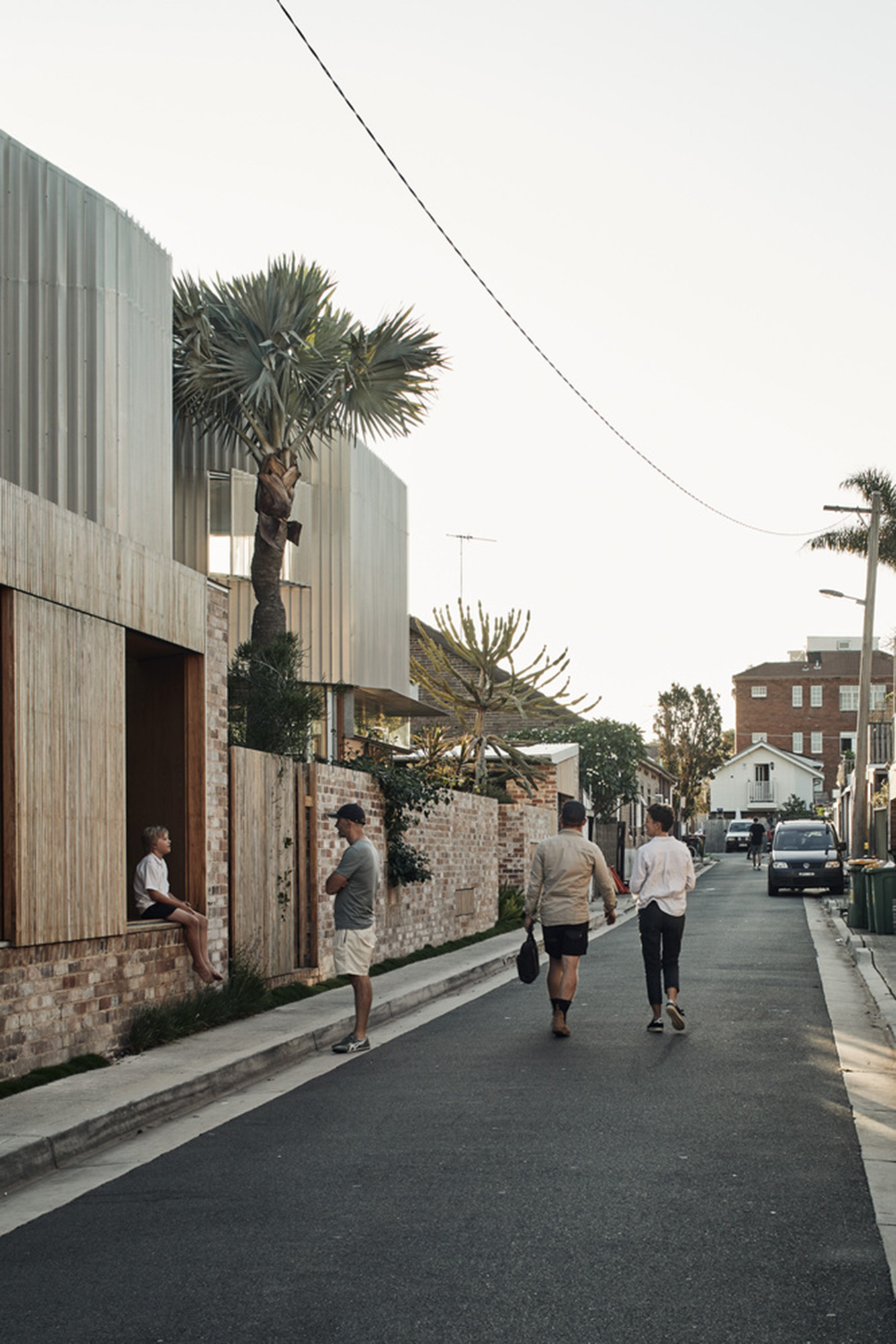
The connection of people, both inside and outside the house, through the 'openness' of the worn brick wall.
Reminded again, Will wanted to make his house a showcase of his work. Will was obsessed not only with passing the cool scent of his garden into the house but also with pushing it to the outside. Therefore, the use of natural colored materials such as used bricks is the right choice. That way, the plants that Will had beautifully arranged could propagate smoothly, both inside and outside the house.
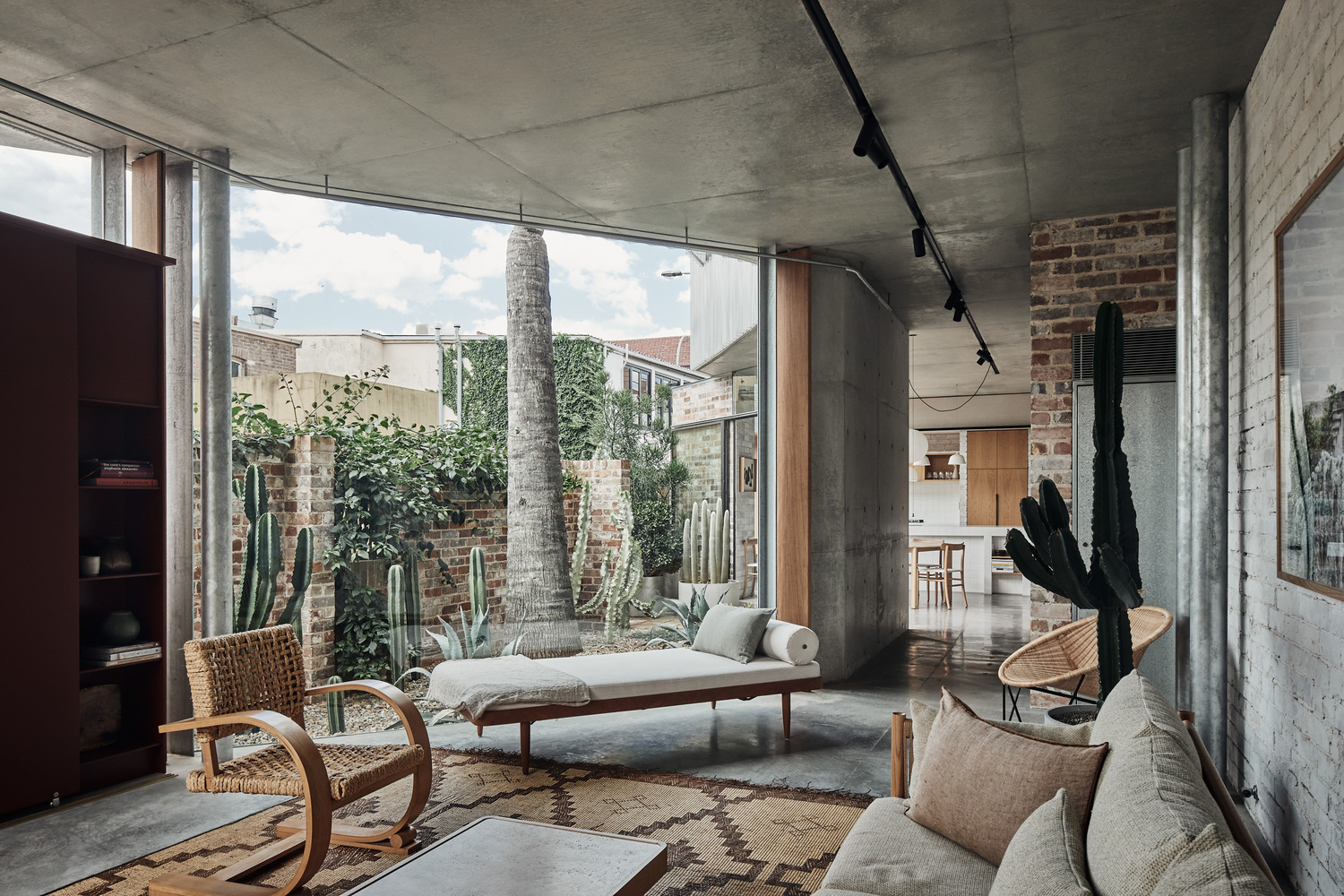
View of a garden designed by Will in one corner of his house.
One of the trees, namely Bismarck Palm, has not only succeeded in blending with the face of the house but is also able to support the ventilation on the upper floor. An outsider who caught a glimpse of it would also be able to sense the interconnectedness of every element of Will's house. In the end, The Bismarck House can indeed be the answer to Will's every wish about the house.
A house that its inside and outside remain in an unbroken line. A house that can be in harmony with the surrounding environment. Also, a house that is able to bridge communication between its residents and their social community.
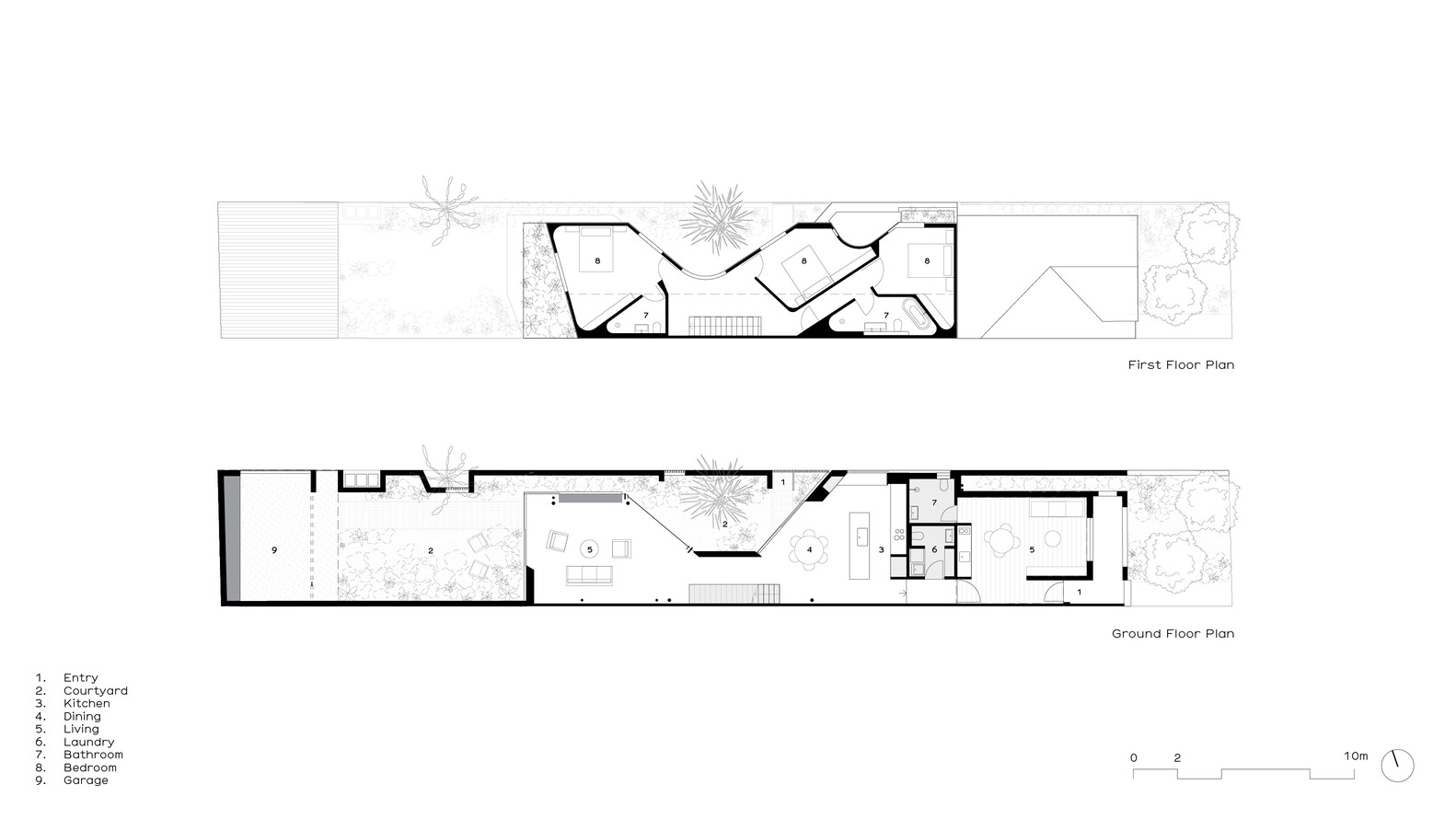
The Bismarck House floor plan.
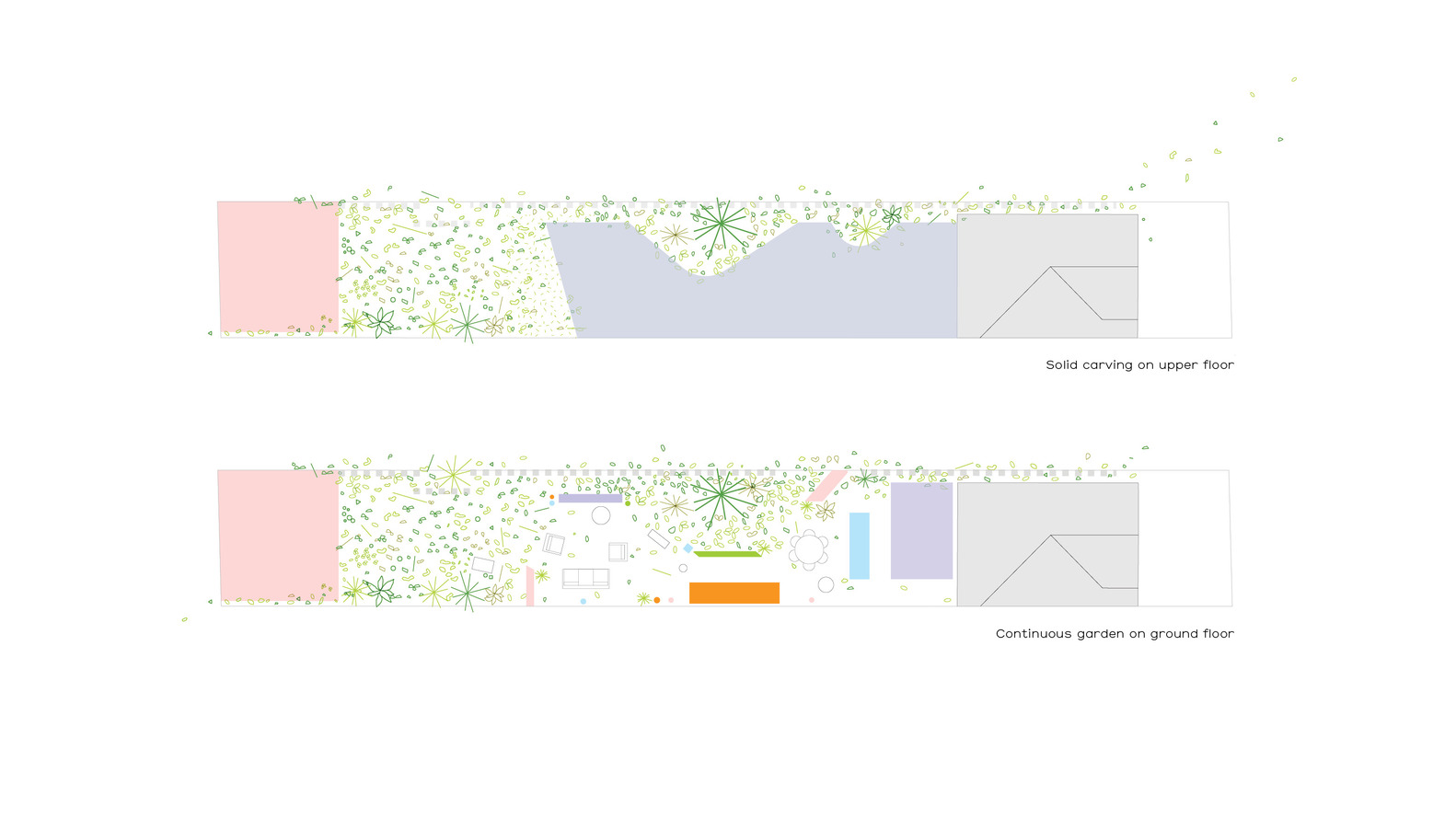
Diagram of The Bismarck House’s continuous concept, which distribution of vegetation along with the house.

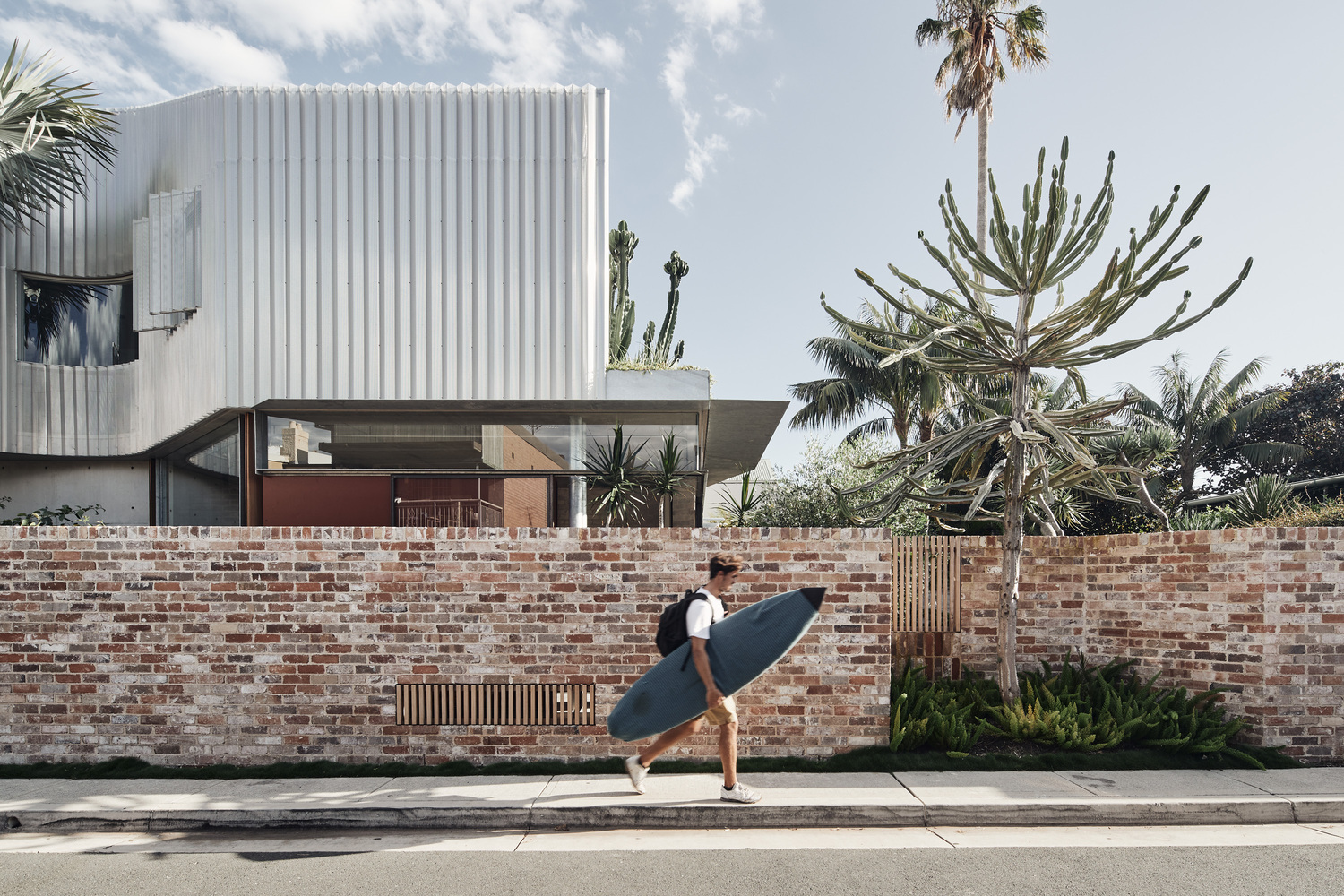


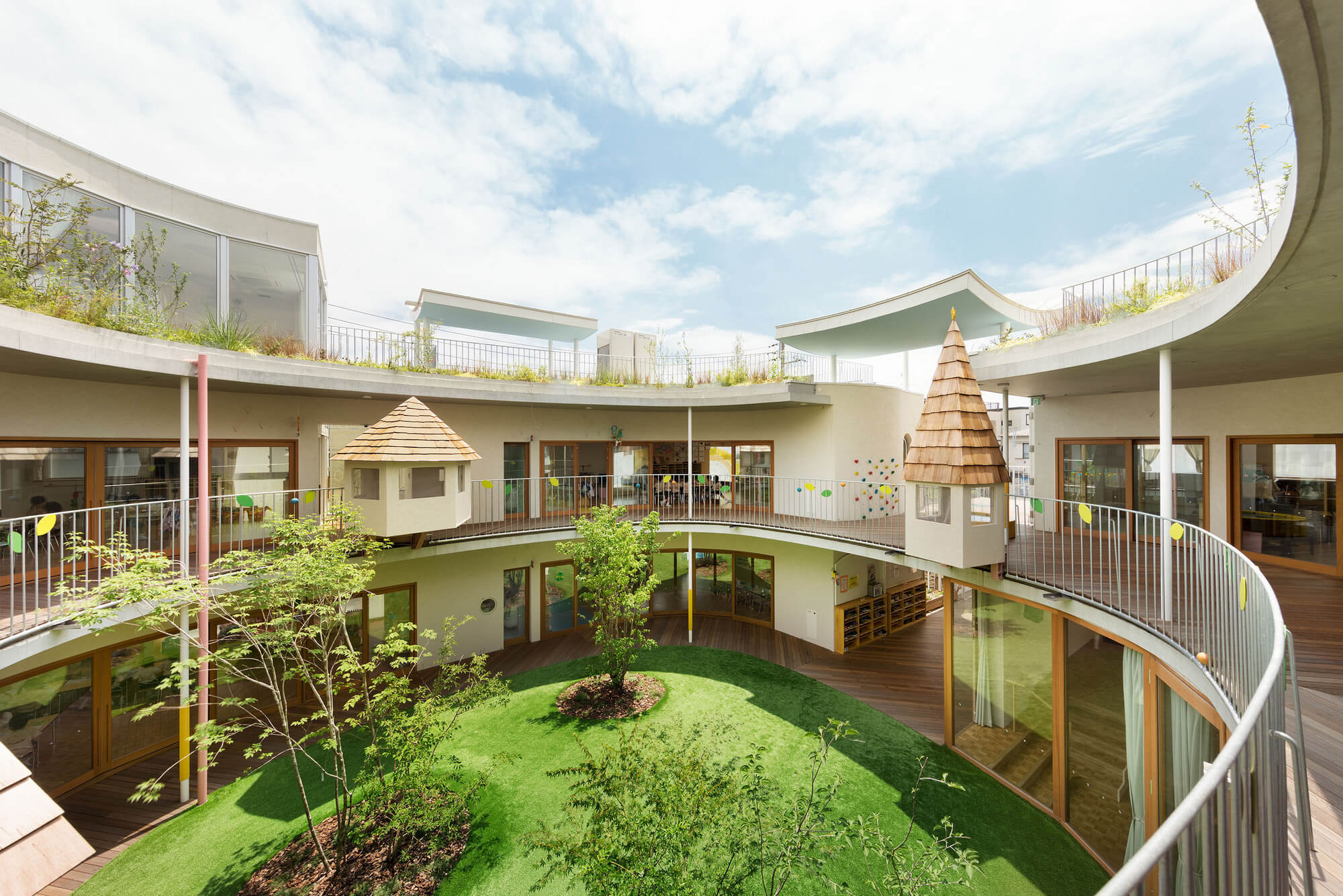




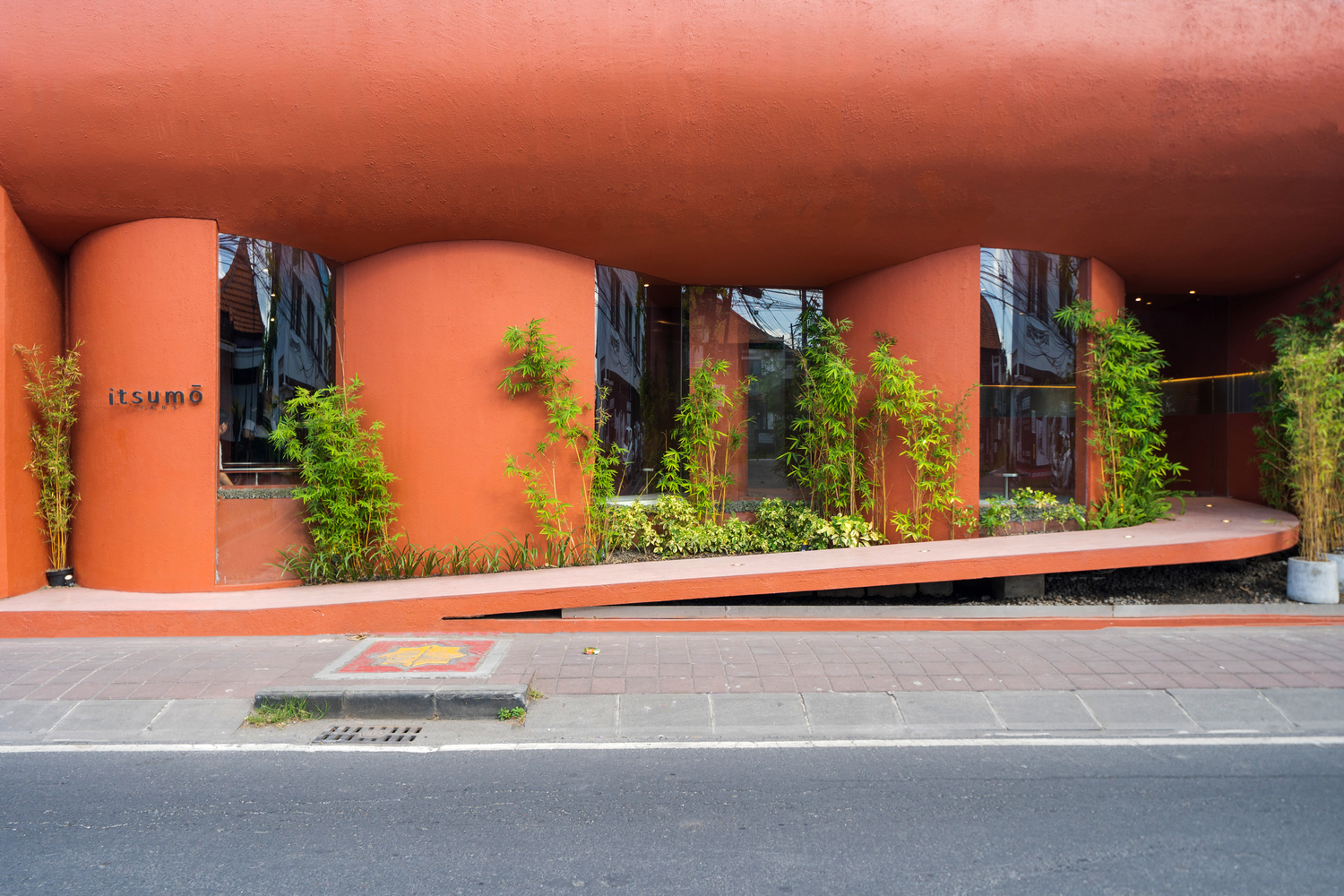
Authentication required
You must log in to post a comment.
Log in